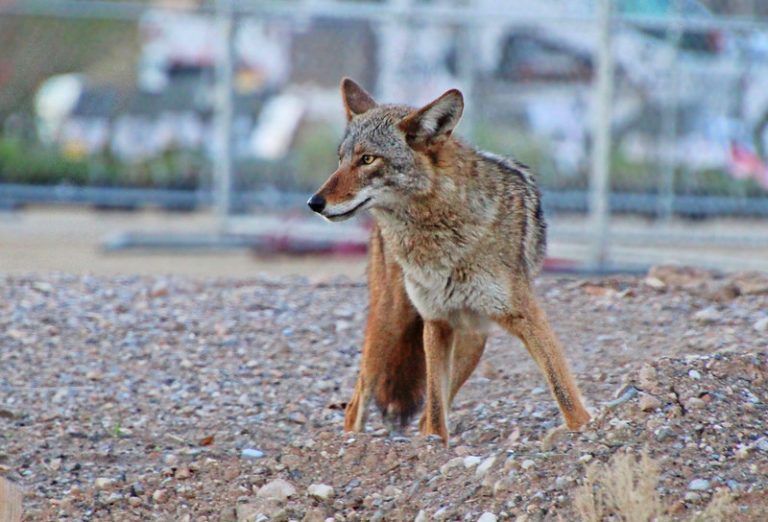Published on February 20, 2021

What makes the country mouse different from the city mouse? Christopher Schell is a wildlife ecologist who has been curious about this dynamic his entire career. Though he specializes in coyotes instead of mice, the question remains the same. Schell, an assistant professor at the University of Washington Tacoma, is also part of a growing roster of scientists exploring how structural racism, segregation and poverty play a role in shaping the behavior of urban wildlife.
Though this aspect of urban ecology is still in its infancy, Schell is taking an interdisciplinary approach to better understand the future of ecosystems in cities — all while encouraging more scientists of color to join the field.
Q: What got you interested in urban ecology?
I’m from Los Angeles, and seeing coyotes in the street — raccoons as well, even deer — was pretty common. But I didn’t know anybody who was an ecologist; I didn’t know anybody who was a professor. I thought that I was going to be a veterinarian. But when I went to college, I had the opportunity to have so many experiences related to ecology, conservation and animal behavior. I had this immersive experience that allowed me to do my own research with spiders in the Dominican Republic. I was researching two species, a tarantula and an orb weaver, that lived near the townships that we students were staying in. Thinking about how their behaviors differed in their different environments was really interesting to me. This idea has been driving me ever since.
Q: What are you working on now?
A lot of the work I do now is trying to understand within-city variation [variation from neighborhood to neighborhood within the same city]. Most of the organisms that live across socioeconomic gradients experience different environmental stressors.
Q: Stressors like what?
Industries disposed of pollutants in the most impoverished neighborhoods where many Black and brown communities were relegated during the redlining of the early 20th century. Cancer Alley [in Louisiana] is perhaps the best example of a place where you have so many petrochemical industries close to predominantly Black communities. My work now looks at how those different historical and contemporary processes have biological impacts. This includes thinking about how an individual animal’s behavior is influenced by what neighborhood they live in, all the way up to the community level. Even up to the global level, I’m thinking about how racial and economic inequality are detrimentally affecting our planet.
Continue reading at Discover Magazine.
Originally written by Leah Shaffer for Discover Magazine.